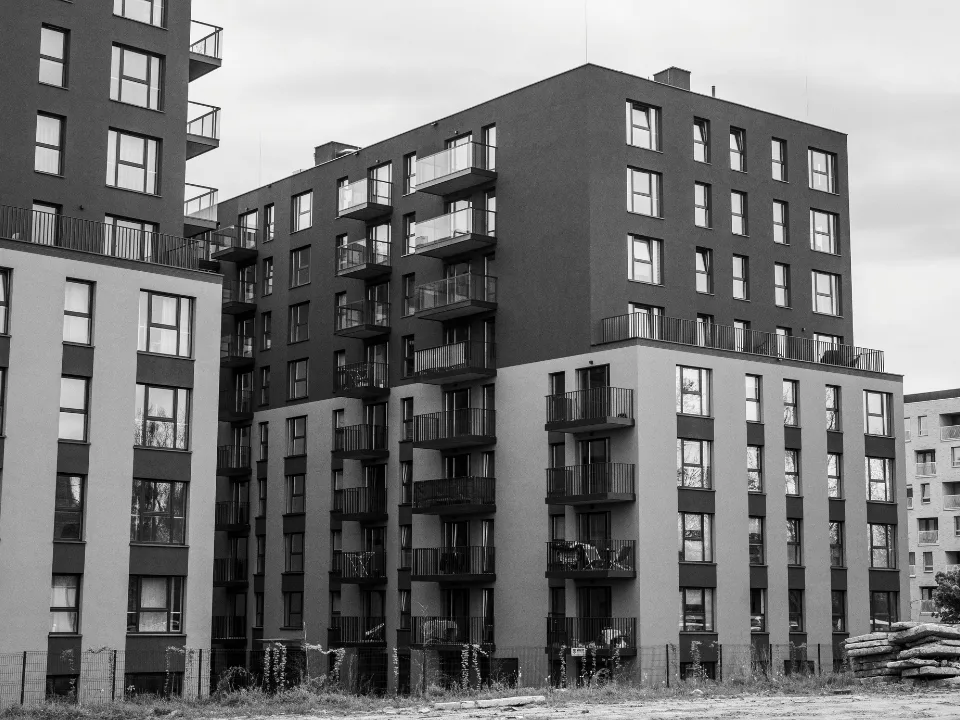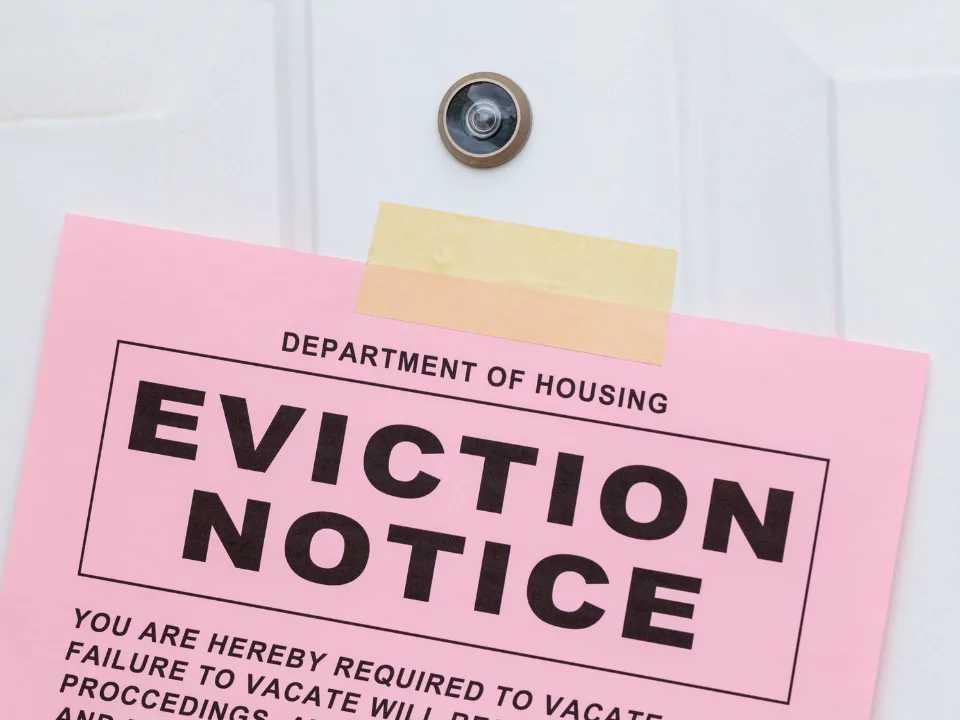Why Grocery-Anchored Real Estate Has Become So Attractive
Global real-estate manager Hines has completed the biggest grocery-anchored retail purchase since 2022, as grocery stores continue to stand up to economic headwinds.
Together with
Good morning. Global real-estate manager Hines has completed the largest acquisition of a grocery-anchored retail property since 2022. Meanwhile, the recent turmoil in the banking industry has brought commercial real estate (CRE) under scrutiny. However, this could favor suburban areas looking to revitalize themselves and have been striving for redevelopment for several years.
Wanna invest in one of the most stable asset classes in the game? Check out today’s sponsor First National Realty Partners (FNRP).
HOT PROPERTY
Hines Buys White Plains Shopping Center for $112M

WSJ: Whole Foods and its neighbor Dick’s Sporting Goods recently signed 10-year lease renewals at the White Plains, N.Y., complex called the Source.
Private real estate investment manager Hines will pay $112M for a shopping center in suburban NY anchored by Whole Foods, making the sale the largest grocery-anchored retail sale in the country since September 2022.
Eatin’ real good: Hines’ interest in the 262 KSF property in White Plains, NY reflects persistent demand for grocery properties in the face of high interest rates and declining interest in other property types. Grocery-anchored locations have grown in popularity as pent-up consumers return to in-person shopping habits. Upon closing the sale, Hines’ chief investment officer, Alfonso Munk, stated that “we’re confident in retail, [and] we’re confident in New York.”
Foot traffic is back: Compared to 2021, retail was the only CRE sector that grew in 2022, according to MSCI. Sales totaled $85.7B, mainly at the beginning of the year before interest rates shot up. While shopping center sales declined, single-tenant retail space was hit harder. According to Munk, the continued success of grocery-anchored centers has made them a focus for Hines, while malls and offices are being left behind. In January, foot traffic at mid and low-tier grocers finally rose above pre-pandemic levels.
➥ THE TAKEAWAY
Everyone’s gotta eat: Part of what makes grocery-anchored retail so palatable is its high-volume, low-margin nature, making it resilient even in the face of e-commerce. According to Colliers, consumers are taking trips to the grocer more frequently than in previous decades, while the return-to-office push has not affected foot traffic much at all. It appears that more people are choosing in-person shopping over delivery options because many people still want to get out of the house, but don’t want to pay large delivery fees.
TOGETHER WITH FNRP
Build A Portfolio of Grocery-Anchored CRE Assets
Grocery-anchored centers have always been the darling of retail, even before the pandemic. They have proven to be one of the most resilient asset classes during downturns while hedging against inflation.
As one of the fastest-growing commercial real estate (CRE) investment firms in the US, First National Realty Partners (FNRP) aims to provide everyday investors with access to grocery-anchored, necessity-based CRE assets previously available only to institutional investors.
Why invest in grocery-anchored retail, you ask?
-
Resilient and adaptable to economic headwinds
-
Provides stable income through long-term corporate-backed leases
-
Built-in rent escalations provide inflation hedge
-
Offers value-add options for potential growth and higher returns
And FNRP’s $1.5+ billion portfolio, which generated an average 15%+ IRR in 2022, shows how this investing strategy checks out.
SILVER LINING
CRE Scrutiny Could Stimulate Redevelopment in Wealthy Suburbs

Recent banking turmoil has turned all eyes toward CRE, another at-risk sector squeezed by high interest rates. And while that’s certainly stressing out CRE lenders and investors, there may be a silver lining for rapidly growing suburbs that have become wealthier in the past 10 years.
It’s about time: The possible failure of traditional CRE assets like big office complexes could be a boon for communities with expanding populations. Many of these spaces were holding back transformations needed to house new community members, a challenge since the 2008 recession. Not every vacant office building will be repurposed into housing, and those in less-wealthy areas will likely remain empty. In hyper-dense metros like NYC or San Francisco, it will also take plenty of time for owners and local governments to manage such a transition.
Sea change: A CRE downturn could turn some parcels over, priming them for redevelopment. One example is the Medley, located in Johns Creek, GA. Formerly a 55-acre campus for State Farm Insurance, after becoming vacant, the property’s new mixed-used classification made it the site of a $350M project that includes 900 residential units and over 300 KSF split between retail, entertainment, offices, etc.
Suburban splendor: The suburbs most likely to capitalize on these redevelopments include those surrounding Dallas, Northern NJ, and Orange County, CA. These locations saw population explosions that resulted in a surge in home values when the existing stock was low-density and low-quality. This ended in 2008, however, when coastal cities became the new focus. But adjusted zoning codes that allow for more mixed-use developments have once again made these metros more appealing—this time, to Millennials beginning to raise families.
➥ THE TAKEAWAY
Here comes the neighborhood: So many parcels are just begging to be redeveloped. The only obstacle in their way is a change in ownership. Of course, such transformations will take time and ongoing economic uncertainty could slow down the entire process. Community banks could tighten credit standards due to banking turmoil while rising interest rates could stall construction. That being said, these office parcels have already hampered suburban growth for decades—a few more years in the lurch wouldn’t hurt anyone.
📰 Daily Picks
-
Bad news is good news: While the Fed gave us another rate hike on Wednesday, it signaled that its hiking policies might soon be coming to an end.
-
Nursing homes no-more: Legislation aimed at making nursing homes and other health facilities disclose more ownership information is being introduced to Congress this week.
-
Letting the Air out: As anxieties over an “AirBnBust” swirl, some operators continue to flourish, while others have finally faded away, indicating that the vacation rental market is maturing.
-
Pulling the rip cord: Gregg Singer has put an East Village property into bankruptcy protection ahead of Madison Realty Capital’s attempt to foreclose the location.
-
Hitting the brakes: CRE transactions seem to have peaked for now, as transaction volumes across all property types dropped 51% YoY last month.
-
Head above water: West Coast bank PacWest (PACW) lost 20% of its deposits in 2023 but has secured access to cash after receiving a $1.4B investment from Atlas SP Partners.
-
Growth spurt: To counter a potential economic crisis in DC, Mayor Muriel Bowser hopes to raise the city’s height cap to 160 feet in an attempt to spur housing development.
💼 Talent Collective
In partnership with Bullpen
This week Bullpen is sharing new contract roles across three very different focus areas and a range of property types.
-
Development Associate, SFR/Multifamily
💰 Hourly (Remote) ❗️ Emphasis on a project in Houston, TX
-
Graphic Designer/Marketer
💰 Hourly (Remote) ❗️ Retail, mixed-use, and multifamily
-
Lease Administrator
💰 Part-time (Remote) ❗️ Handle retail lease renewals, negotiations, etc
Looking to hire? Connect with Bullpen
🤝 Deals & Dealmakers
-
Acquiring an icon: NYC’s iconic Flatiron building has been purchased at public auction by Jacob Garlick for $190M, beating chairman of GFP Real Estate, Jeffrey Gural.
-
Storage wars: Extra Space Storage (EXR) is considering making an offer to rival Life Storage Inc (LSI). EXR had rejected a takeover from Public Storage (PSA) earlier this year.
-
Securing the funds: Extell has received a $500M condo inventory loan from JP Morgan Chase (JPM), secured by apartments at Central Park Tower.
-
Changing greens: The PGA of America has sold its longtime South Florida HQ for $12M, and will be setting up shop in Frisco, TX. Crazy stuff.
-
Energized: Cirba Solutions, a producer of lithium-ion batteries, has announced plans to construct a new $323M production facility in South Carolina.
-
Making multifamily money: Rhodium Capital Advisors will be selling a Bridgeport, CT multifamily portfolio to Eastern Union after the latter secured a $28.1M loan from KeyBank.
The issuance of bonds has dropped as the spread over risk-free treasuries widens. Such higher yields have shrunk the price of existing bonds, making it difficult for lenders to find loans that yield what the market wants. According to Goldman Sachs, 17% of office loans are CMBS loans.
What did you think of today’s newsletter? |





















